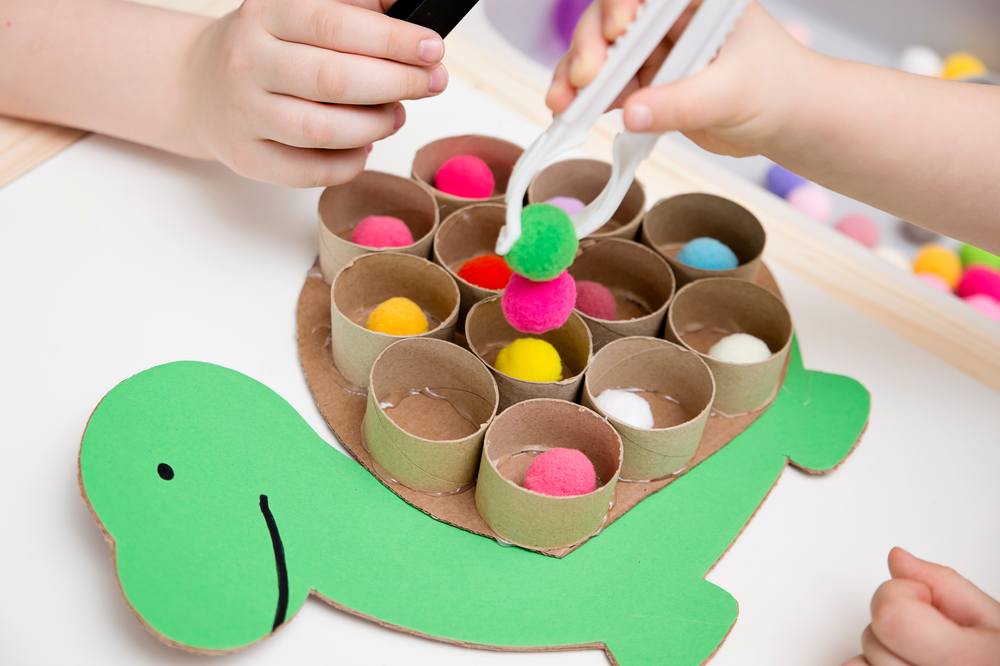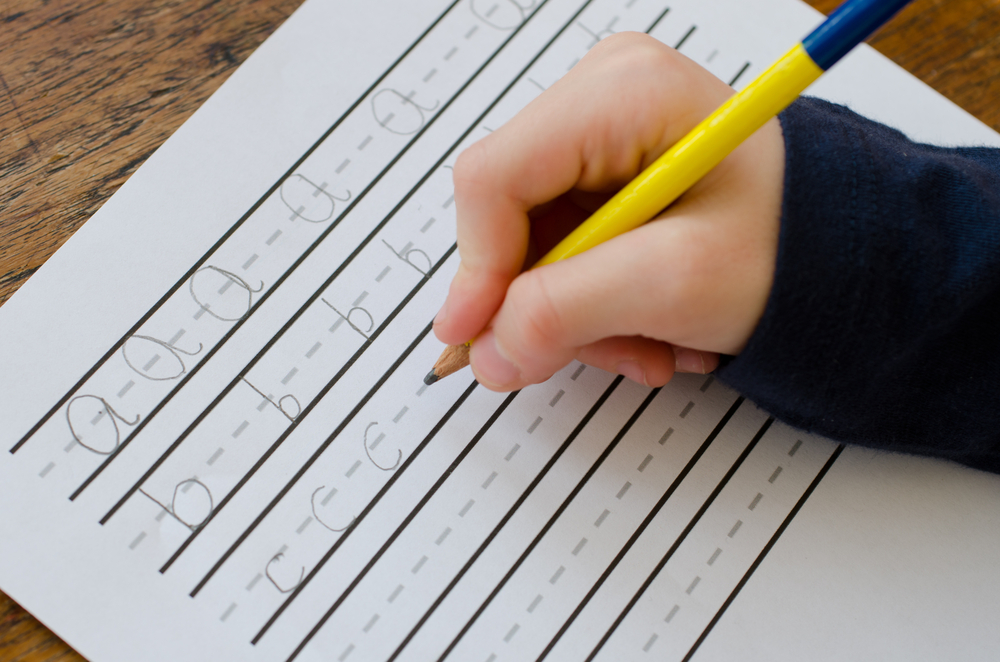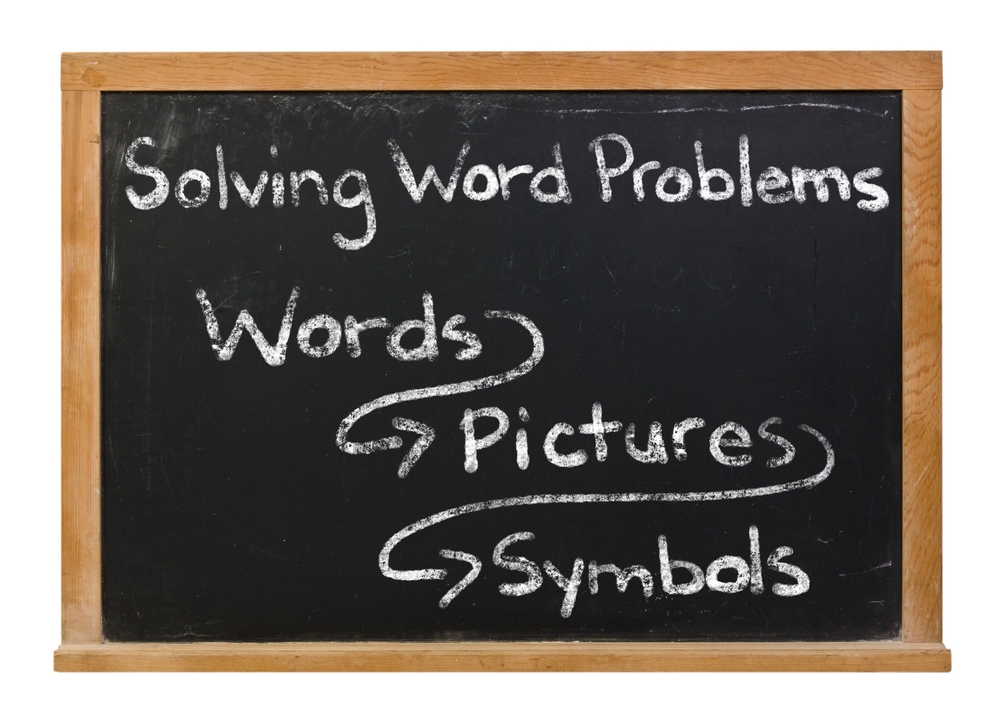Tips for Parents on How to Improve Handwriting During Remote Learning
March 29, 2021
Having the ability to form letters and write legibly is a skill that your child will begin to learn in school. The process of learning how to write correctly is often complicated so don’t worry if your child is finding it difficult during the early stages. Throw remote learning into the mix and as a parent, you’re sitting there trying to think of ways to help improve your child’s handwriting skills because you find that everything that they’re doing is via technology.
It’s important to remember that every child is different and learns in different ways. The best way to maximize your child’s handwriting skills is to promote a positive learning environment where they can practice their fine motor skills, pencil grip, stability and writing speed, and most importantly letter formation. As a parent during remote learning we’ve got you covered. Take a look at some of these fun activities and tips to improve handwriting skills at home. Let’s not replace handwriting instruction with keyboarding instruction as it can be detrimental to students’ literacy learning.

Fine Motor Activities
Fine motor skills activities are necessary for children to complete tasks successfully, and handwriting is no exception. Strengthening the muscles in their hands and wrists helps to make handwriting a breeze, or in some cases, easier. There are so many fun ways that you can help improve these skills that will have your children wanting to do more! Here are some handy things that you can set up at home for your children to do to help strengthen their muscles and will help improve their handwriting:
- String pasta onto wool
- Grab and hold small items with tweezers or tongs
- Water plants using spray bottles
- Squashing a stress ball into your palm
- Using a hole punch
- Placing paper clips onto paper
Try out these activities at home as a warm-up to handwriting.
Pencil Grip
Writing clearly and effectively comes down to how a child holds their pencil. This is the first thing you need to look for when trying to assist your child with their handwriting. Ensure that your child is using the correct pencil grip where their index finger and thumb hold the pencil against the middle finger. Demonstrating this grip to your child is the easiest way to show them.
If you notice that your child holds their pencil a different way, it’s important to correct this sooner rather than later as it will become more difficult to change. Once your child is comfortable and using the correct pencil grip, they should produce efficient, legible handwriting.
Letter Formation
Make learning fun and help your child improve their handwriting skills and letter formation. Explicit instruction is particularly important when it comes to this so it’s important that you focus on this so that your children don’t struggle later in their schooling.
The easiest and appropriate way of teaching children to write properly is to use simple tracing worksheets. They’re the perfect activity to expose your children to the letters of the alphabet and how to write them correctly. These alphabet worksheets are great because not only will they help you with your kids learning from home, but they’re fun, engaging and colorful. Your children will be introduced to new words and will use coloring pages and tracing sheets to familiarize themselves with the letters of the alphabet, which will develop their handwriting. What more could you want. There are so many that you can look at, all covering lower and upper case letters, and cursive writing!

Legibility
We’ve touched on this before and we cannot stress this enough. We first need to develop fine motor skills, demonstrate the correct pencil grip and then make them aware of and practice the formation of letters. When children learn to write, they’re encouraged to use a ‘finger space’ between words and this should not be any different as they get older.
As they get older though, they should be able to visualize the space between each word or, if they’re having difficulty doing this, get them to use a fun spacing tool. Make this fun for the younger children at home and instead of using a finger, perhaps use a lolly stick or even a thick pencil as their guide.
Encouragement and Having Fun
Some children just aren’t interested in handwriting, and that’s normal. So that they don’t fall behind, there are a number of activities and strategies that you can use to encourage your school-age children to better their handwriting while having them think that they aren’t practicing at all:
Writing trays: You may like to fill the tray with shaving foam, sand, or slime. The possibilities for writing trays are endless. This one is perfect for letter formation as the children simply use a finger to make the letters.
Chalk on the driveway: What better way to make use of your driveway at home than by having your children practice their handwriting on it. Give them colored chalk and have them write. Write the letters of the alphabet. Write out their spelling words. Write a short poem. Whatever you decide, this one will be a crowd-pleaser.
Letter Stencils: Do your children need that extra practice with forming their letters? Why not use letter stencils where they simply place the stencil on a piece of paper and trace in between the indents. Ensure that they are using the correct grip and begin and end each letter at the appropriate place.
Extra Help
Poor fine motor skills are usually the cause of poor handwriting. First and foremost you would talk with your child’s teacher or GP if you’ve noticed them having difficulties. However, since remote learning is all the rage at the moment, there are a couple of strategies that you may find will assist and help aid your child’s handwriting abilities:
- Use angled writing boards
- Use thick pencils
- Pencil groups
- Dotted, bold, or raised lines on paper
Of course, if you still notice that your child struggles, we would definitely recommend seeing an occupational therapist and they will give you some aids that you can use at home.
Even though this pandemic has forced us, parents, into becoming our own children’s educator, we don’t want it to feel like a task that is too hard at hand. By using some or all of these activities and strategies, you will find that teaching and helping your children develop their handwriting skills is something that will come as second nature.











